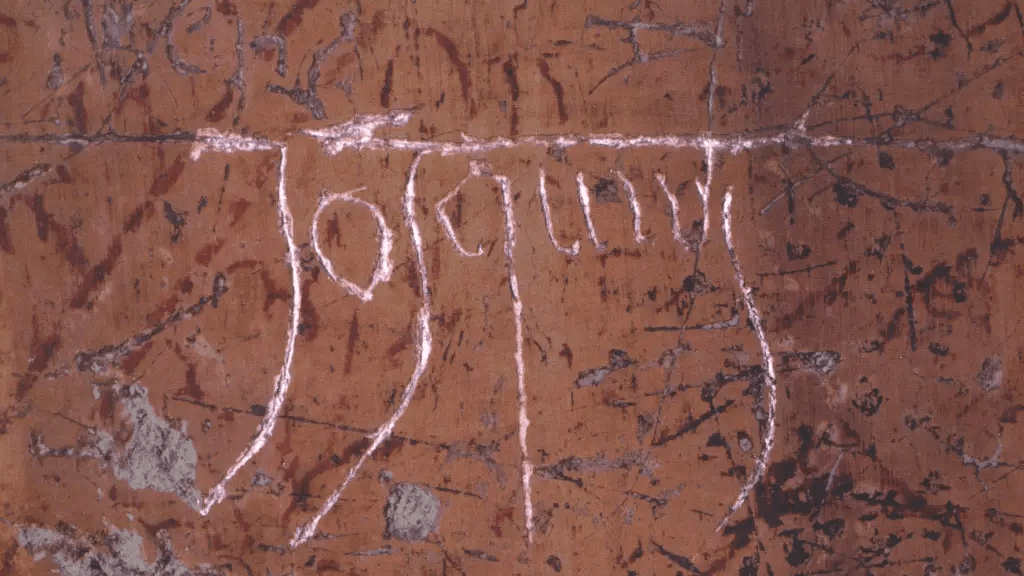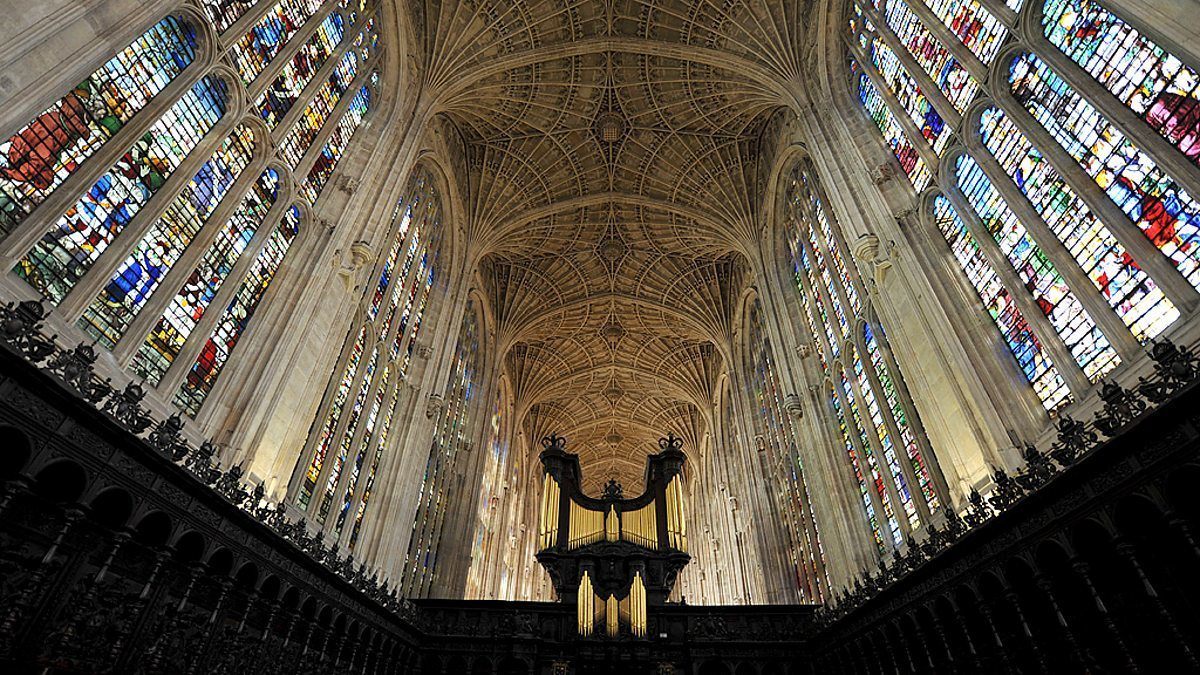Josquin’s Missa L’homme Armé, “Agnus Dei”: Brilliant Renaissance Polyphony
Eight Lines, Steve Reich’s 1979 minimalist masterpiece, sounds nothing like the Renaissance polyphony of Josquin des Prez (c. 1450-1521). As I pointed out last week, Eight Lines is the music of twentieth century American capitalism with its repetitious advertising and slick popular music. Other commentators have noted obvious links between Reich’s minimalism and the circular music of Asia, such as the Balinese gamelan. Yet, Steve Reich has been deeply influenced by the music of Pérotin and …







